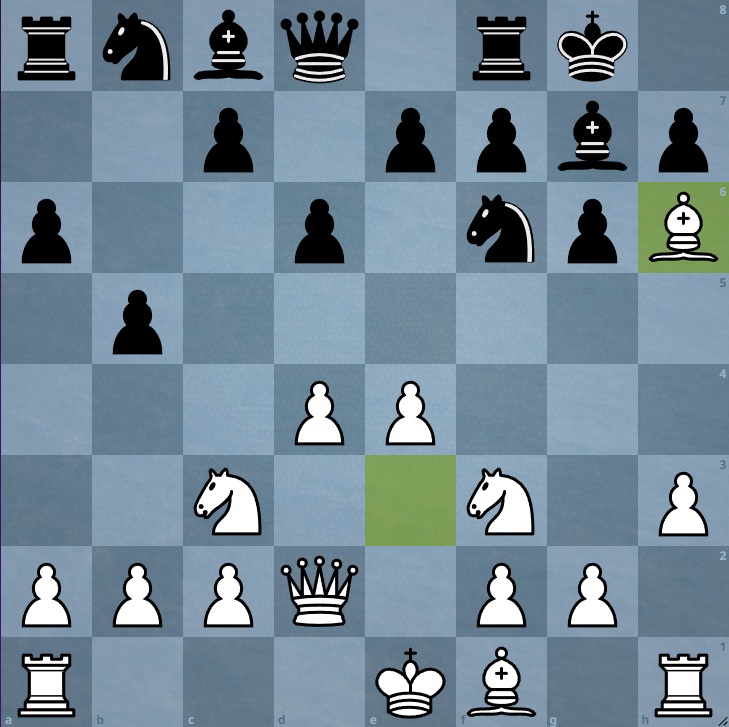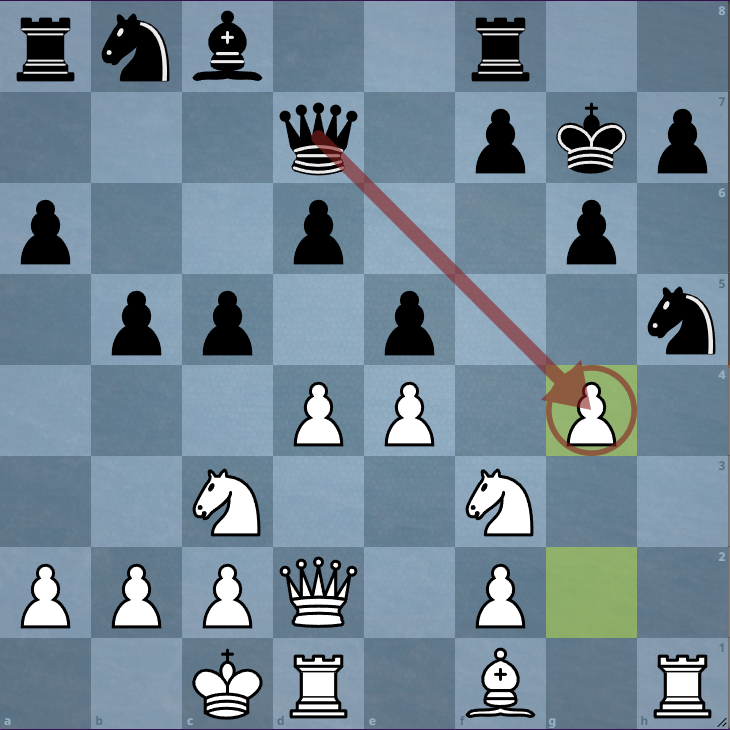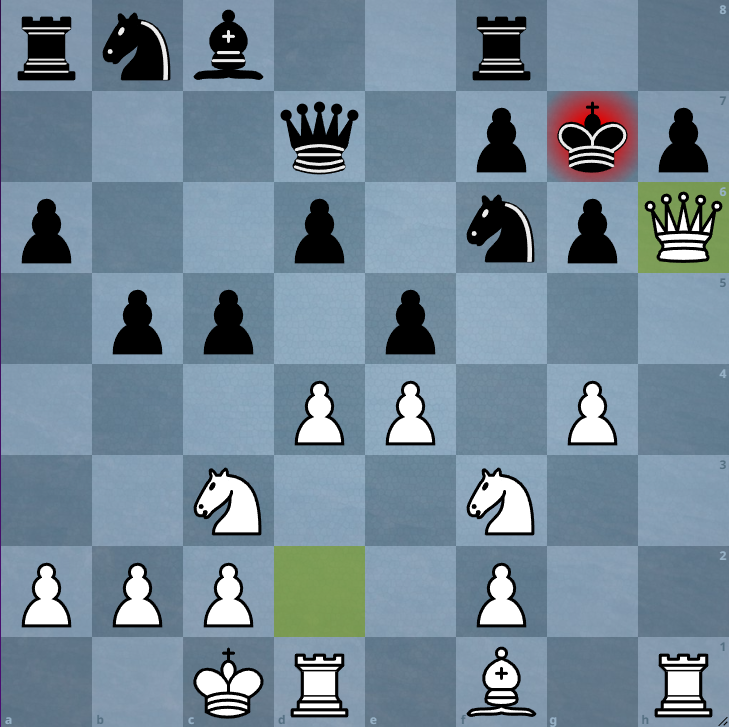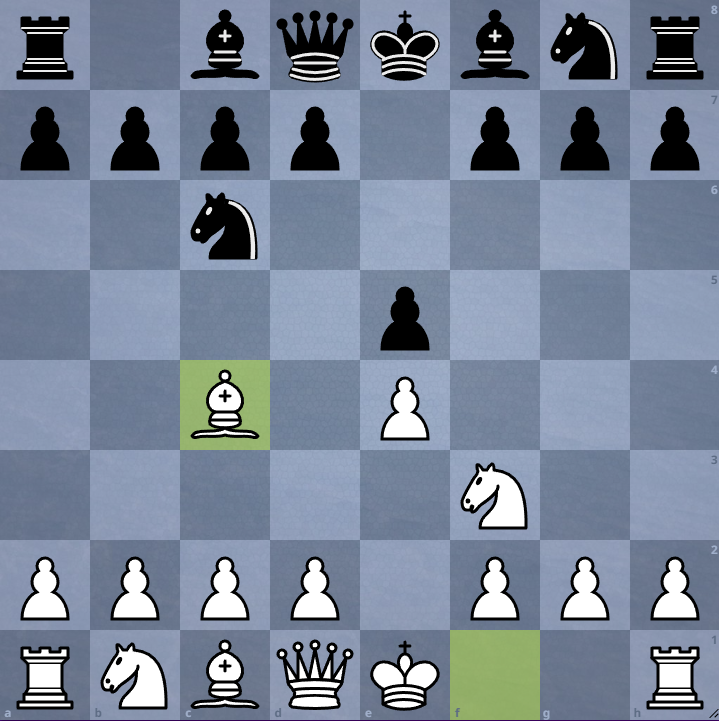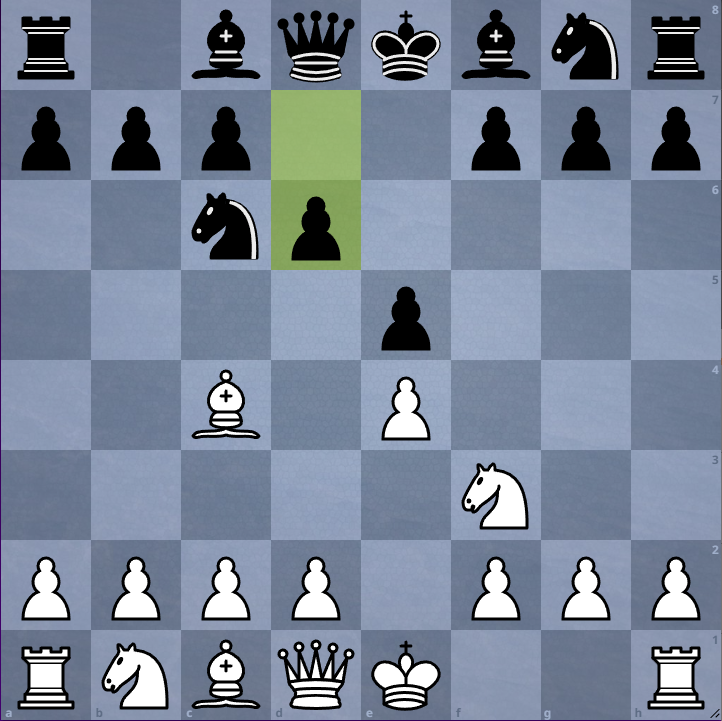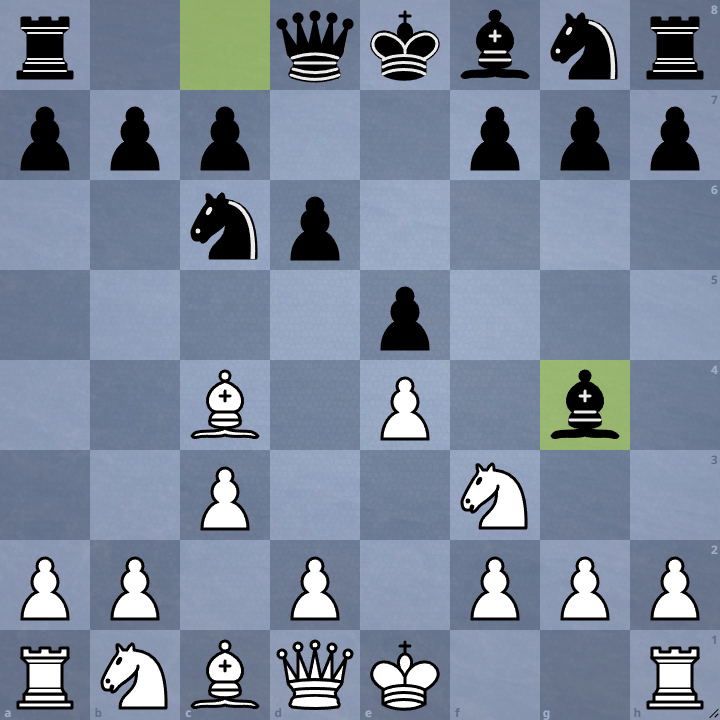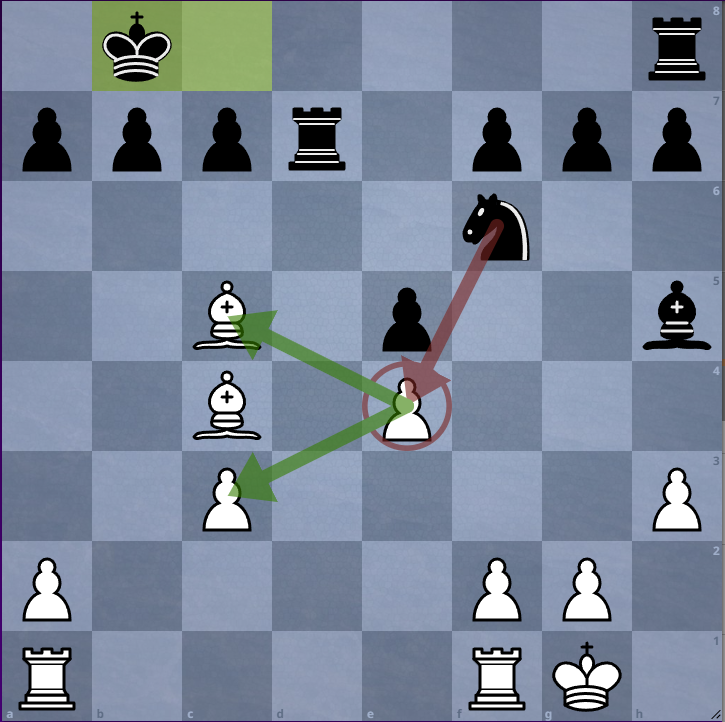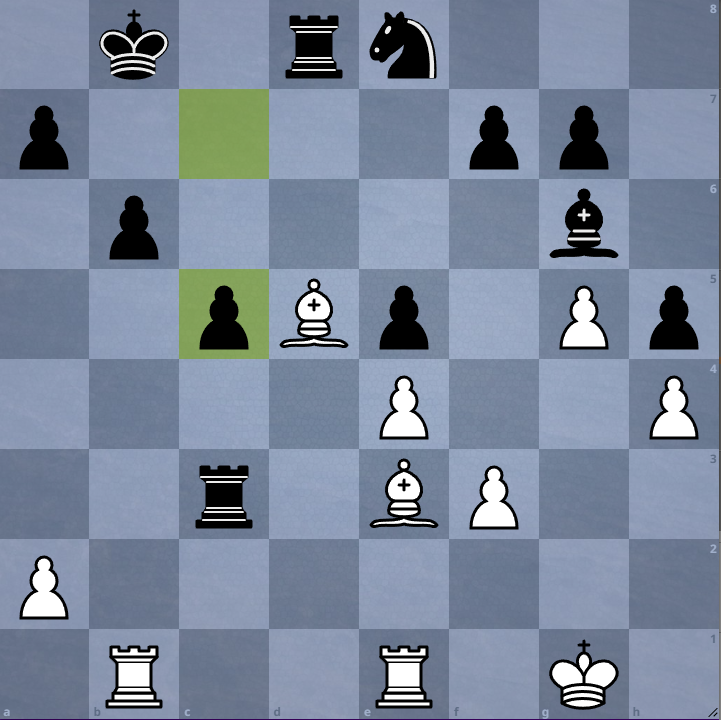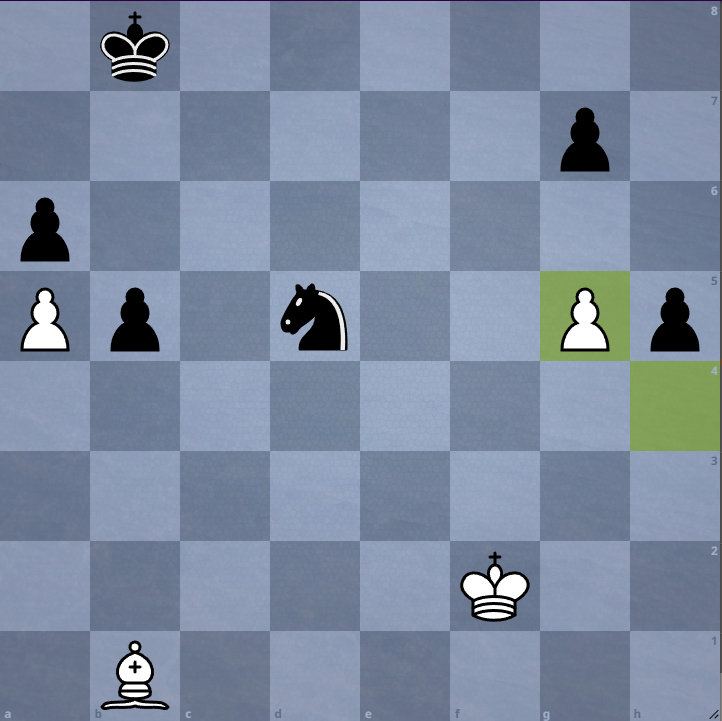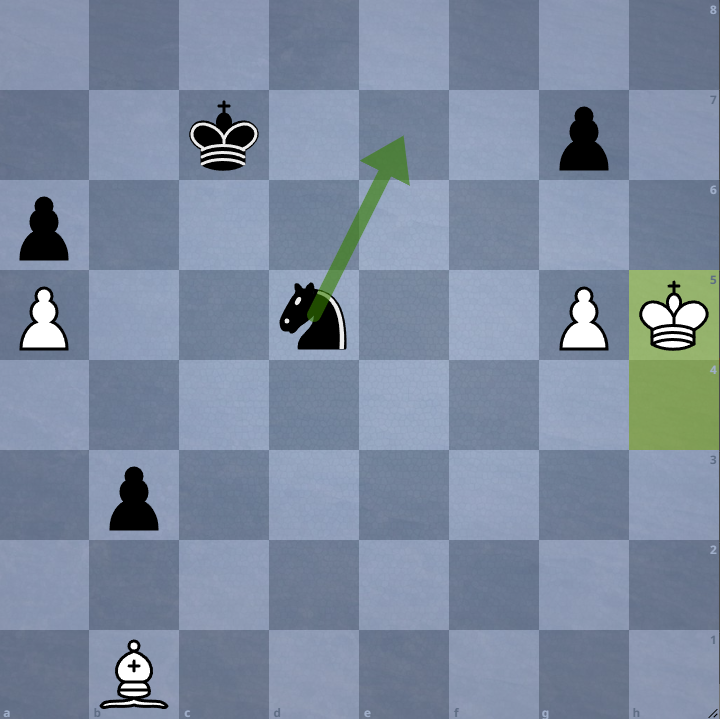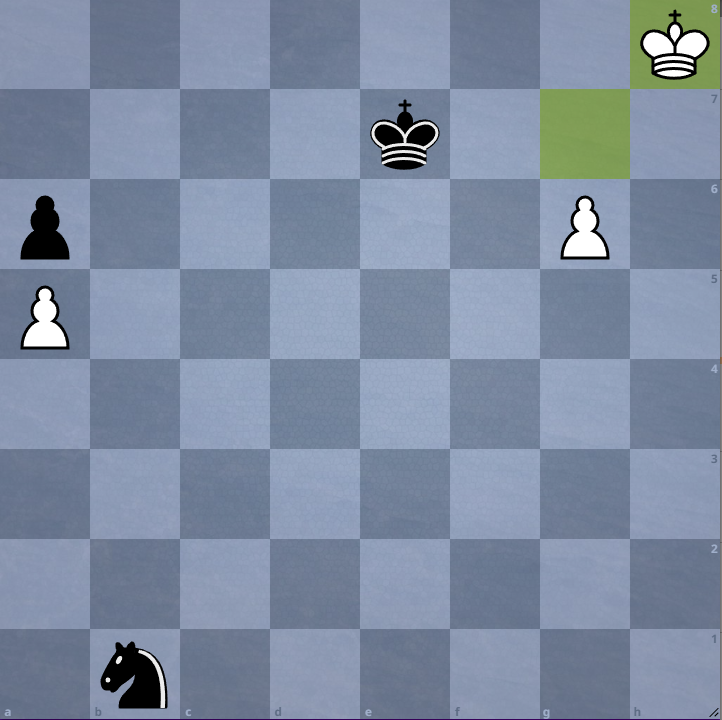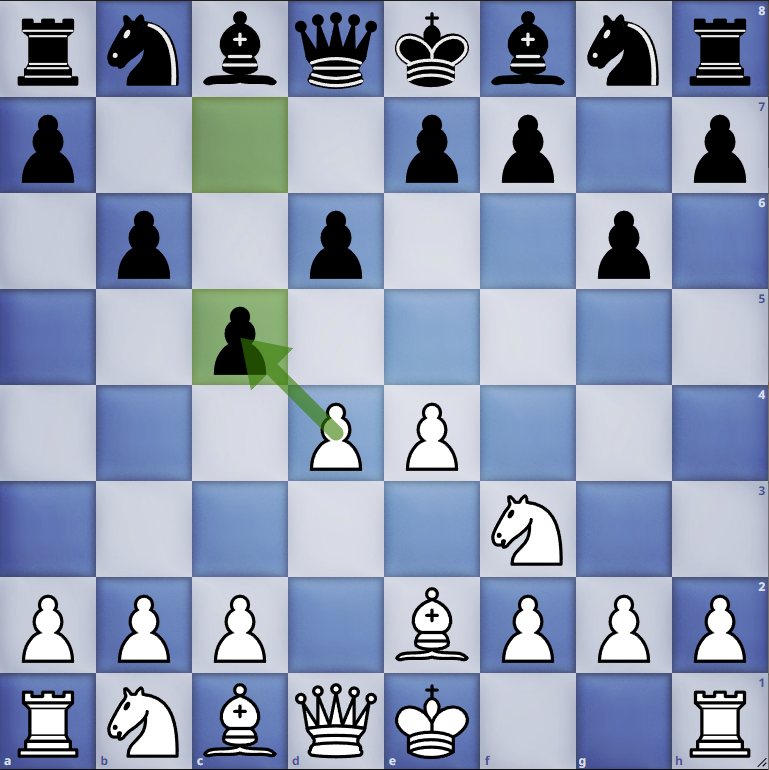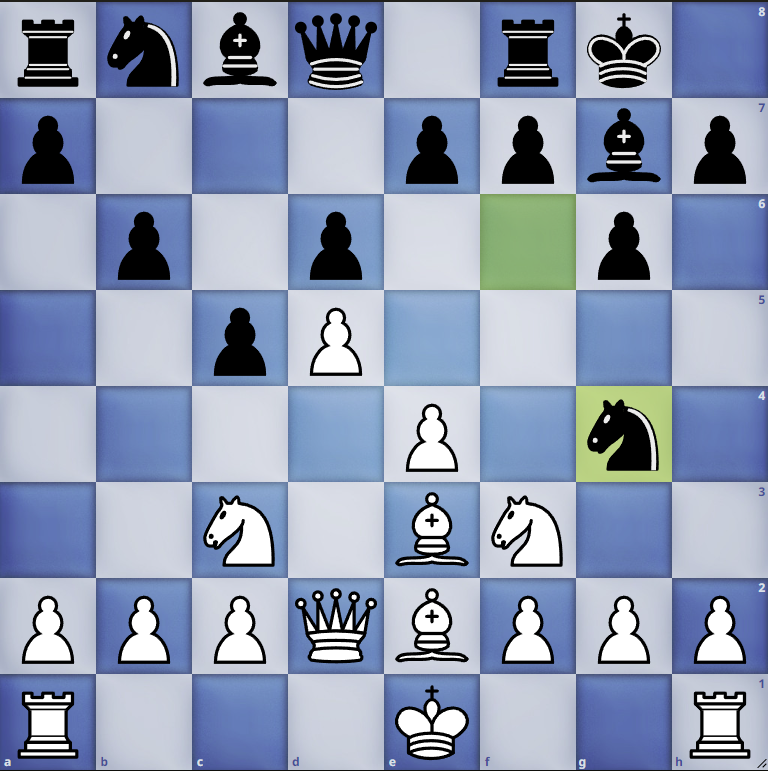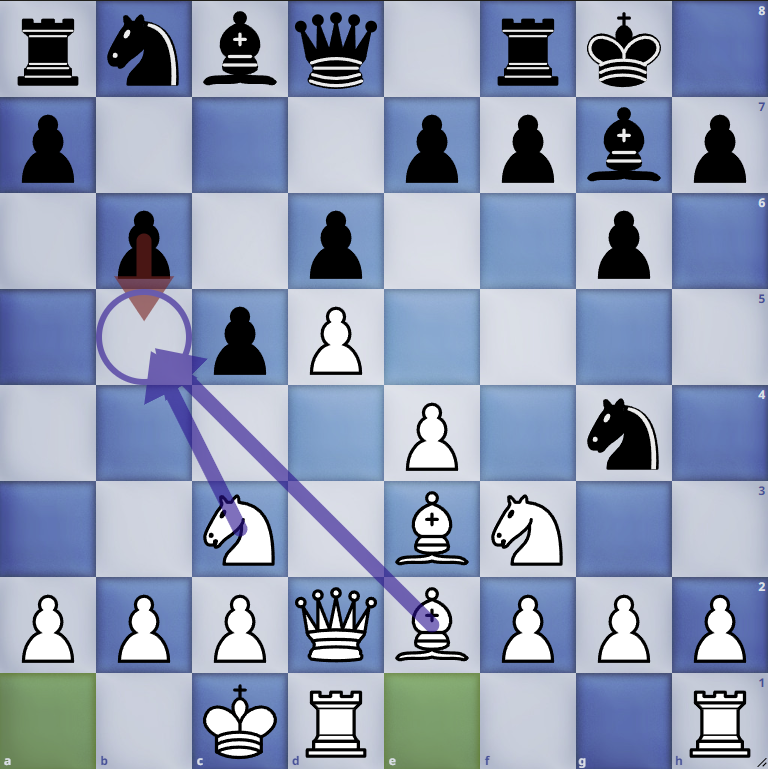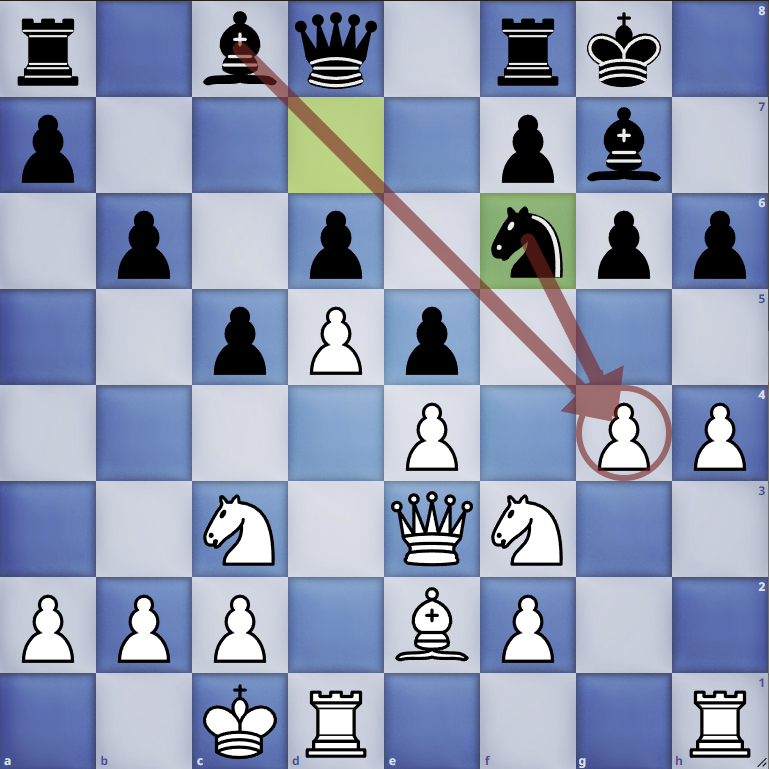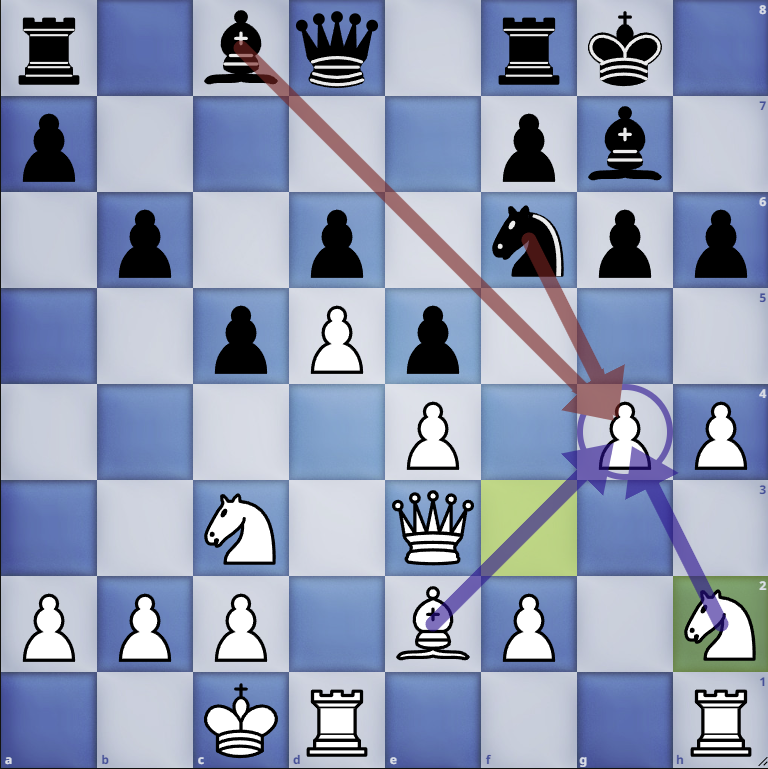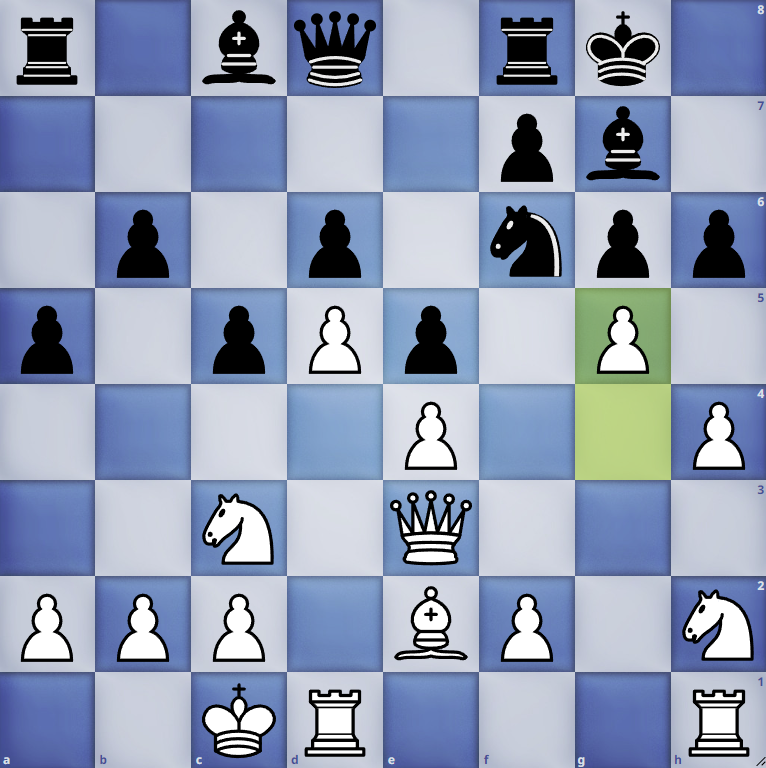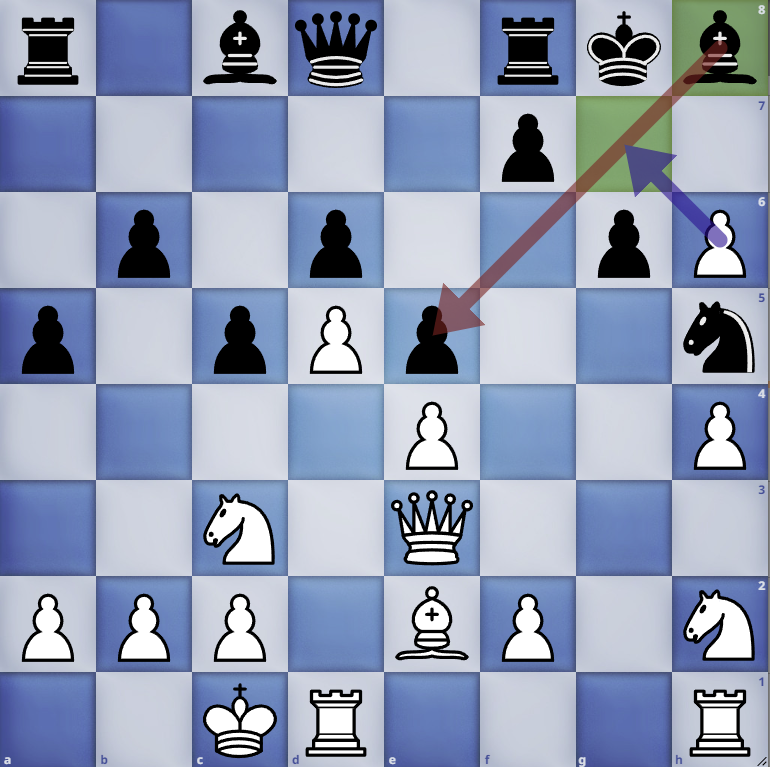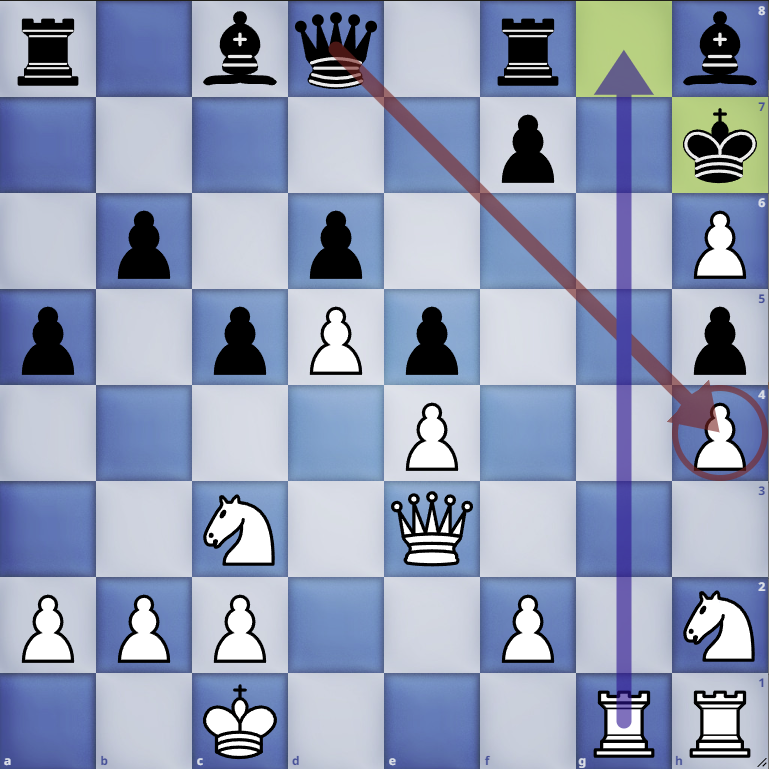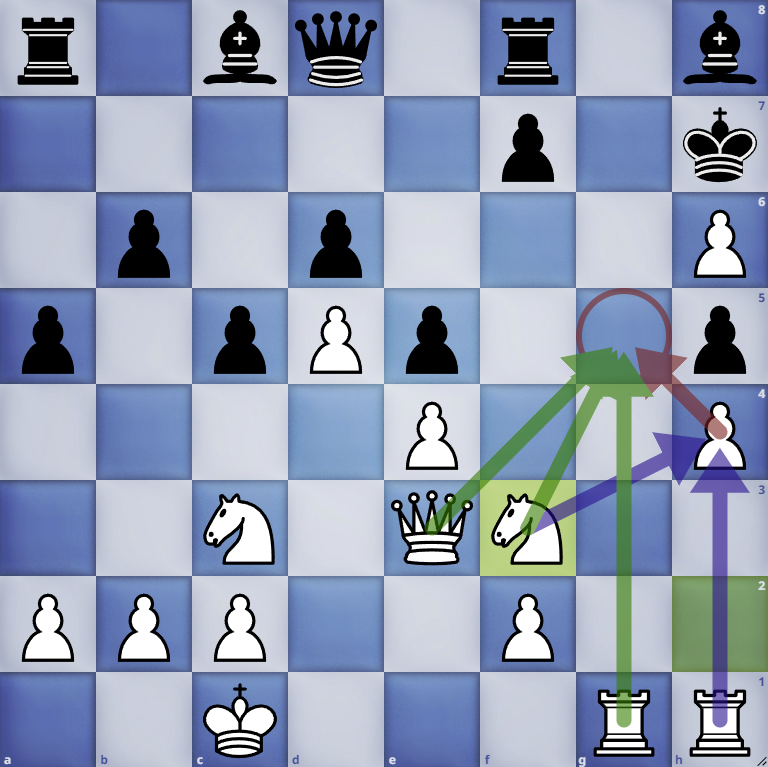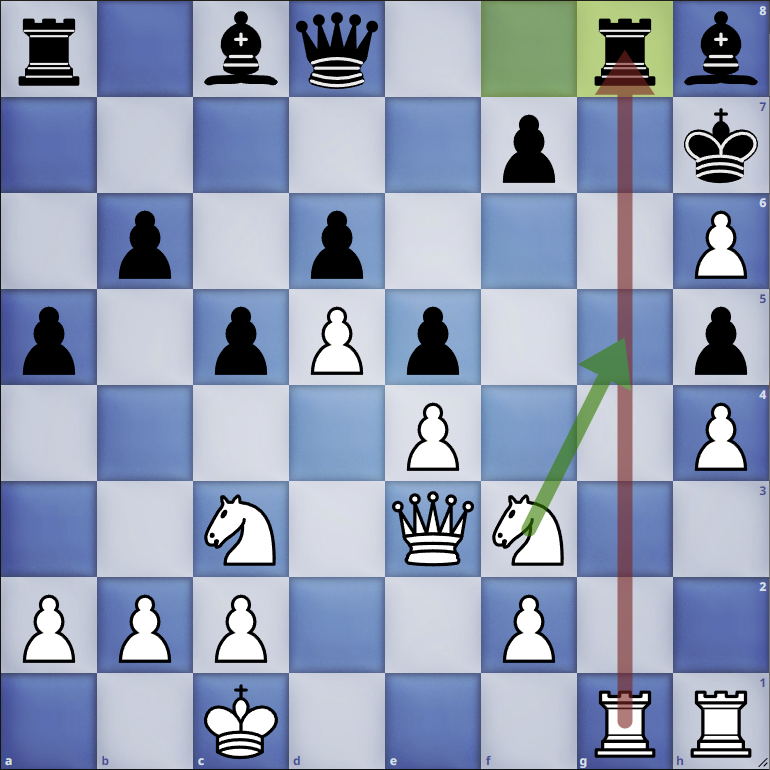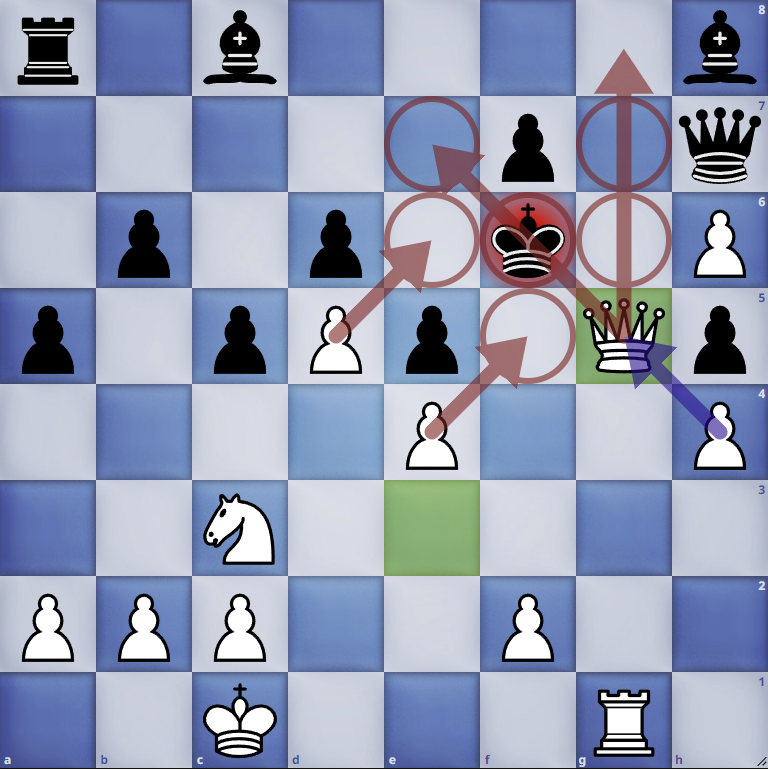I don't normally update this website so soon after another update, but I quite literally just played a fairly entertaining game that I absolutely felt I had to share here.
This one is also a blitz game I played on chess.com just yesterday, with a fairly strange opening and some utterly absurd middle-game tactics.
klungus.xyz/chess/05-31-23/05-30-23online.pgn
Finally, a game from the perspective of the black pieces! Here, I played a French Defense, which has been my most common opening as of late for the black pieces, especially in bullet and blitz. After 1. e4 e6, my opponent brought out some very strange opening theory...
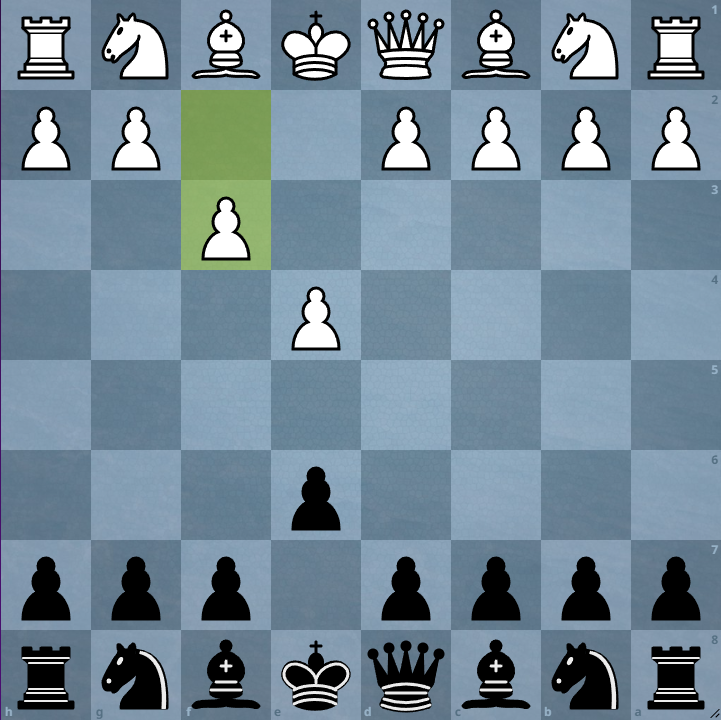
2. f3 is completely absurd, to be completely honest. I read a whole book on the French, and I can assure you that this did not come up in the list of viable sidelines (A look through my copy of MCO-15 gives much the same result). It's completely unnecessary for white to weaken their king in this way, but I guess it does the job of avoiding theory.
After 2...d5 3. Bd3 dxe4 4. Bxe4 Nf6 5. Bd3 Nc6, my position was obviously pleasant, while white is clearly constrained. The bishop (which has taken a ton of tempo to go from d3 to e4 and back again) is completely blocking in any conception of development, while the king's knight has to develop with the mediocre 6. Ne2, blocked by the poorly pushed pawn.

After 6... Bd6 (always a useful move to allow for some tactical ideas, including the Greek Gift and attacks along the e1-h4 diagonal) 7. Nc3 constitutes the first proper development of the entire game for white, though this is quickly nullified after 7...Nd5 8. Nxd5 exd5, the exchange removing black's only active piece. At this point, white is clearly worse, but if they are able to castle, the position could hold.

Castling was essentially required, but instead, my opponent played 9. c4 - it appears principled to get some pawn presence in the center, but there was really no substitute for hiding the king in this position. It's not even like the position crumbles under one specific response; many lines undo white's setup here.
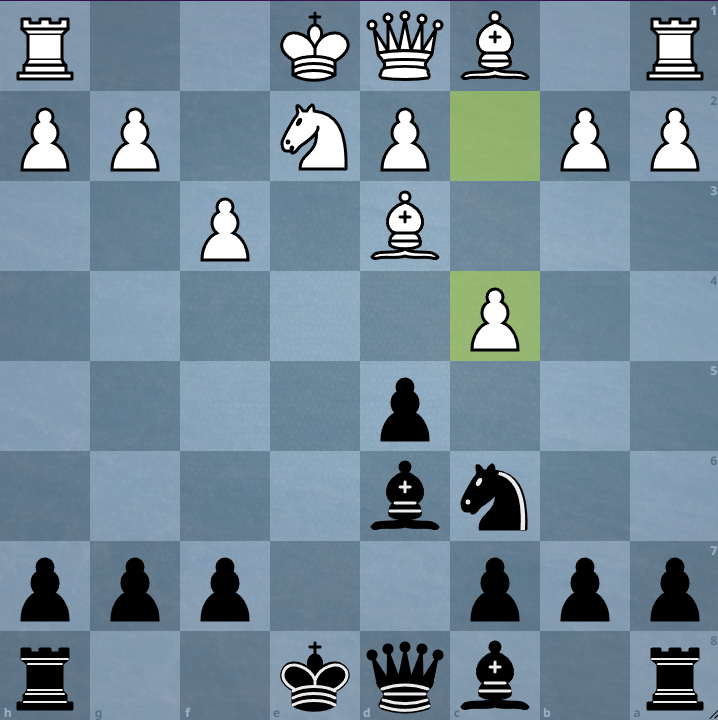
I found the most obvious winning move with 9...Qh4+, beginning to attack on that same weakened diagonal. Here, 10. g3 to block is essentially forced, creating some horrible longterm damage to the structure near the king, but just barely holding on.

However, my opponent did not seem to have a tactical sense for the position, instead choosing 10. Ng3??, simply losing the full knight after 10...Bxg3, with my opponent unable to take back due to the queen pinning the h-pawn to the rook.

After 11. Kf1 Nd4, my opponent seemed interested in giving another gift after 12. Bf5??, simply allowing me to bring my bishop to the party with 12...Bxf5. Now up two pieces, it's my advantage to convert.
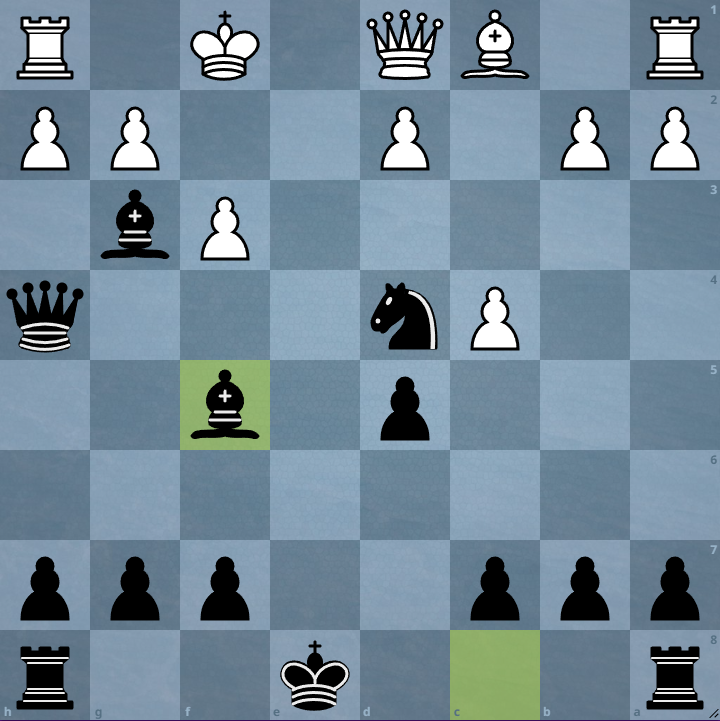
13. d3 O-O-O 14. Be3 was played, then 14...dxc4, working with the rook newly aligned on the d-file to defend the strong knight on d4. My opponent made a rather unsound move here that allowed me a large amount of tactical opportunities with 15. dxc4, allowing me to reveal an attack on the queen whenever I wish by moving the knight.

At this point, the engine says that 15...Nc2 is the best move, and that makes sense, but I figured there was no reason not to bring all my pieces to the show with 15...Rhe8, every piece now as active as it possibly can be. (Apparently the engine doesn't like this move, because white's best move afterwards is to remove the untouchable bishop with 16.hxg3 Qxh1+ 17. Kf2)
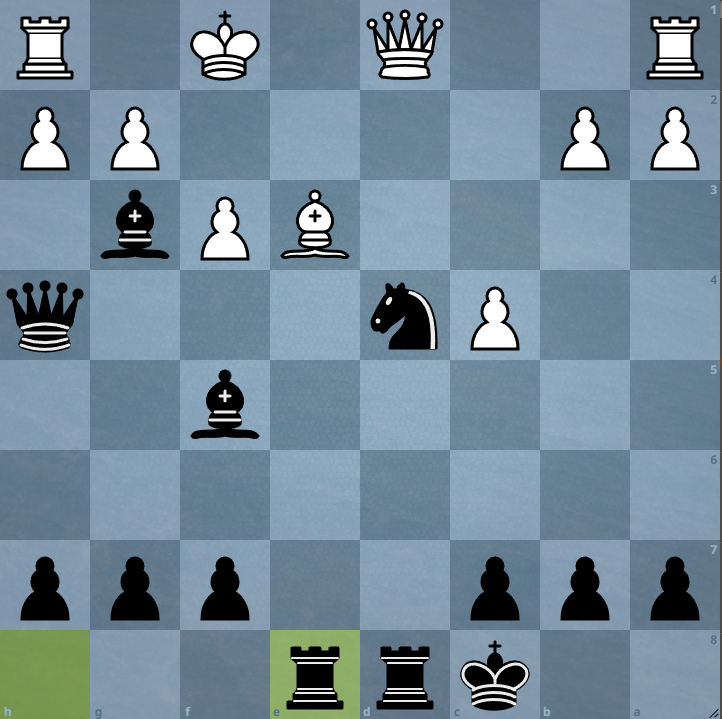
After 16. Qd2, defending the bishop, I got the chance to detonate one of my favorite moves I've ever had the joy of playing on a chessboard.
16...Nxf3!! is so many things at oncee - it's a discovered double attack on the queen, it puts yet another piece right in front of white's king, and it's mate in 7 with perfect play. If I'm going to be perfectly honest, I'm not sure if I saw anything concrete here or if this move just looked incredible (I did only play it in 9 seconds, after all), but it was played nonetheless.

After 17. Qe2 Bd3 immediately pins the queen to the king, guaranteeing me even more material and beginning a series of exchanges. 18. Rd1 Bxe2+ 19. Kxe2 Rxd1 (Here, 19...Ng1+ would have been an incredible way to finish the game - no matter what rook takes the knight, ...Qg4+ and ...Rd1 is checkmate. I opted to just trade down into a winning endgame, as I tend to prefer, especially in low time.)
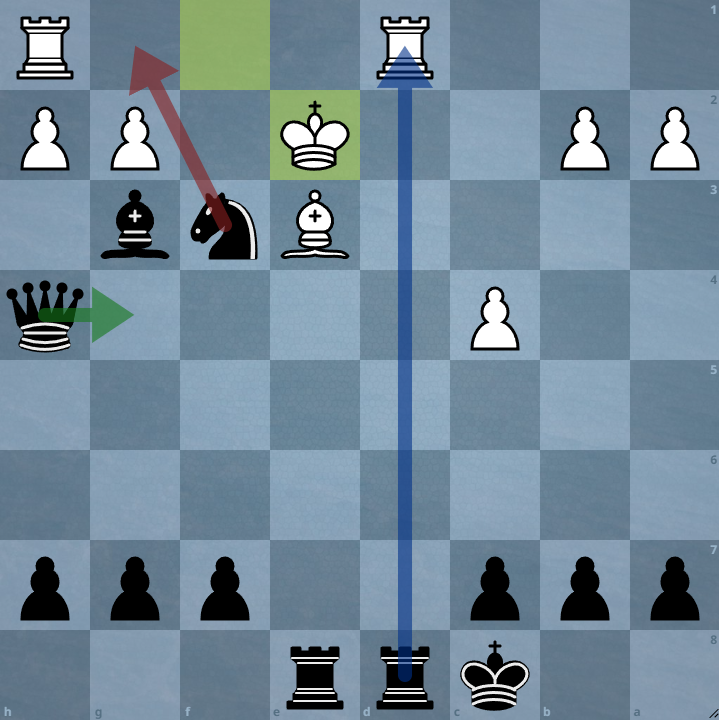
20. Rxd1 Nxh2 21. Rd3 Ng4 22. Kf3 Rxe3+ 23. Rxe3 Nxe3 24. Kxe3 and I'm left a queen and bishop up with no other pieces left for my opponent.

In the ensuing mild time scramble, my opponent attempted a standard stalemate trap by trying to run the king forward, but it wasn't very long before I finished them off with mate on d6.
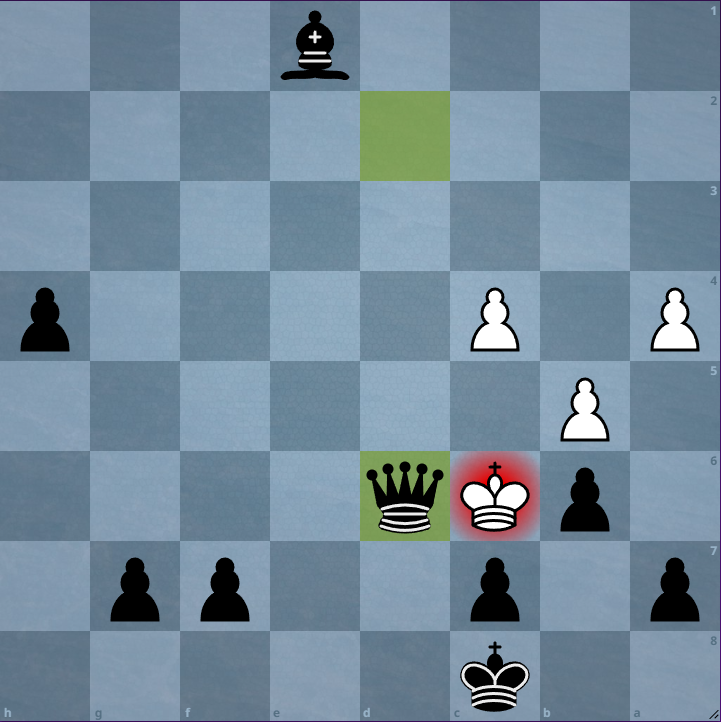
Honestly, part of my doesn't believe I played this game. It looks too bold, too sure of its own self, willing to put so many pieces hanging and just throw everything at the king, like some 19th century friendly match. Well, in the meantime, here's to more games like this from all of us.



